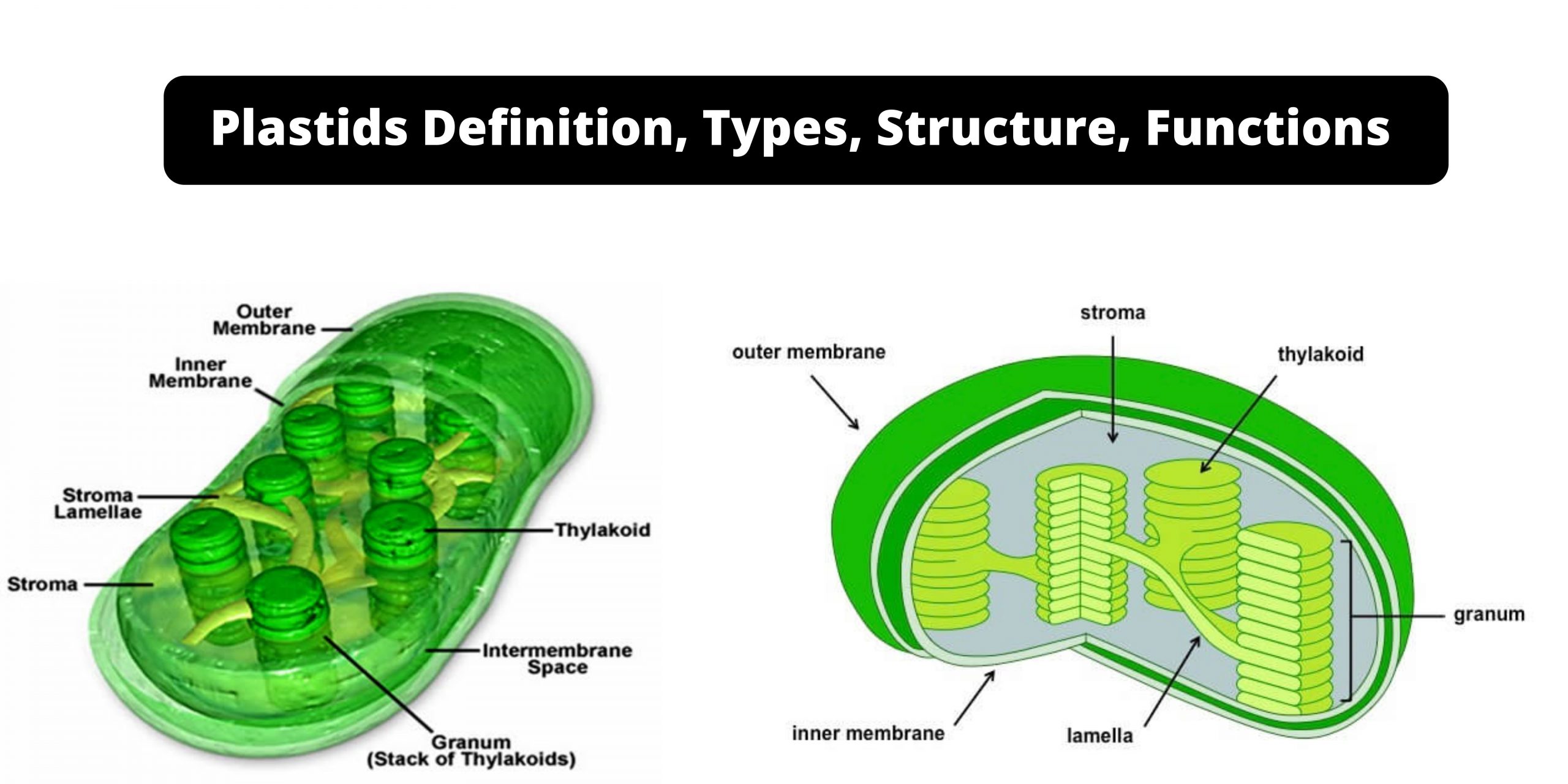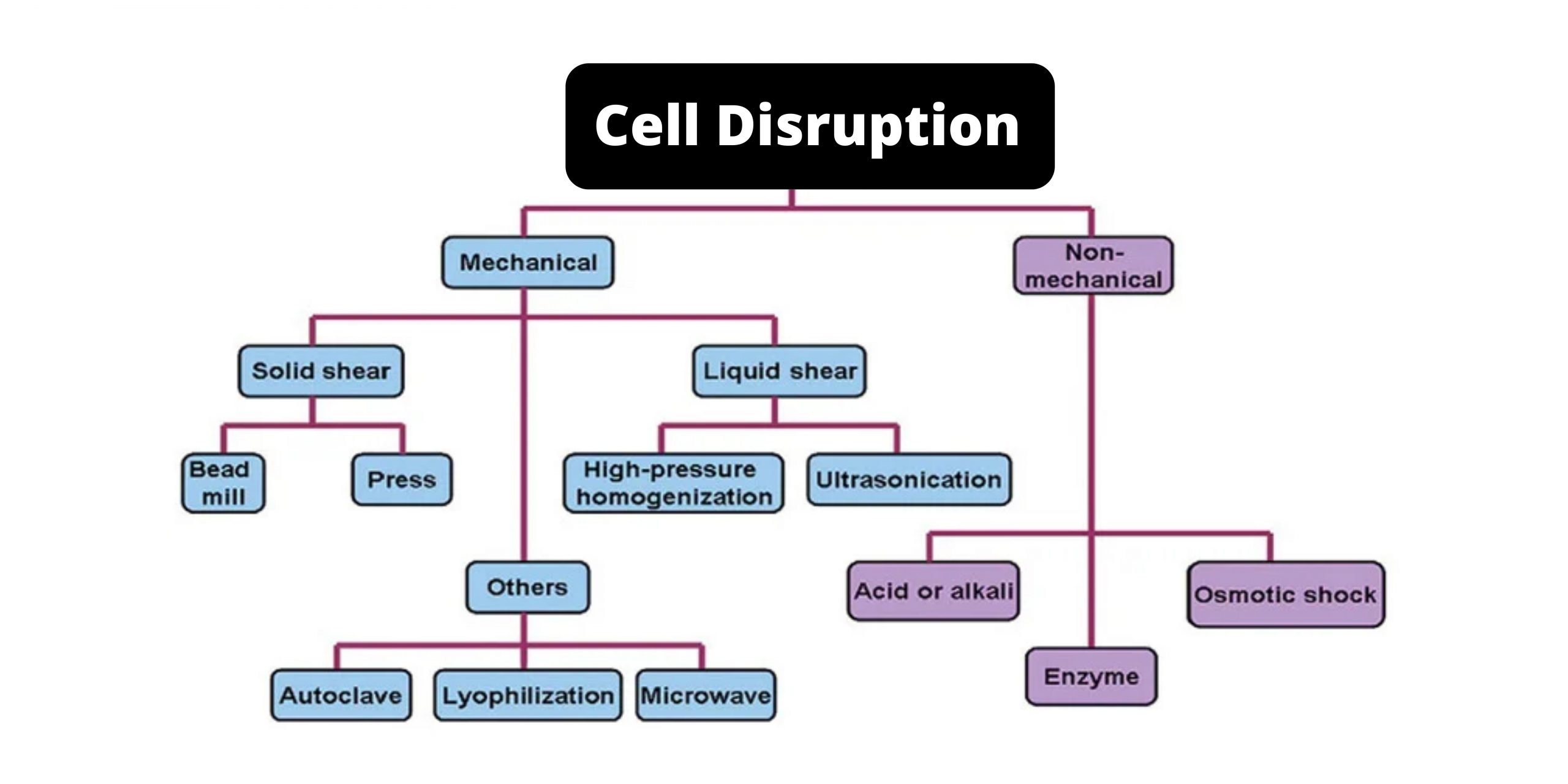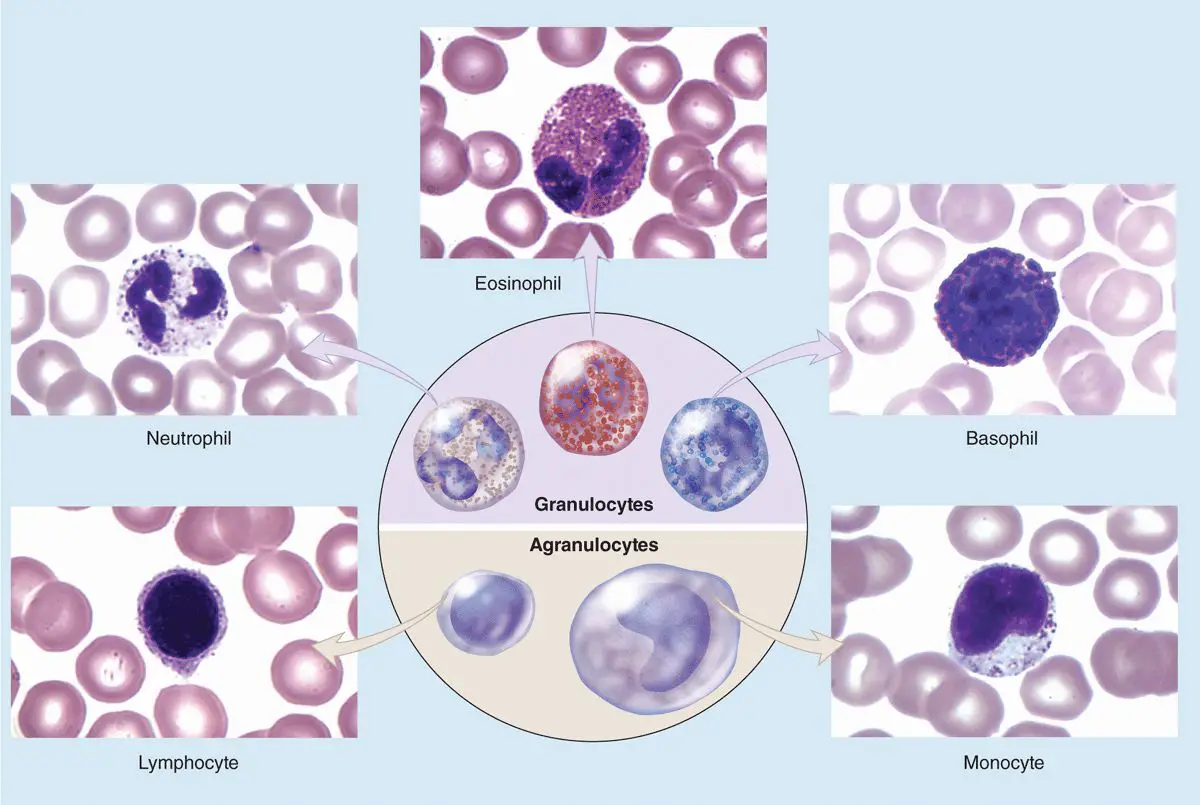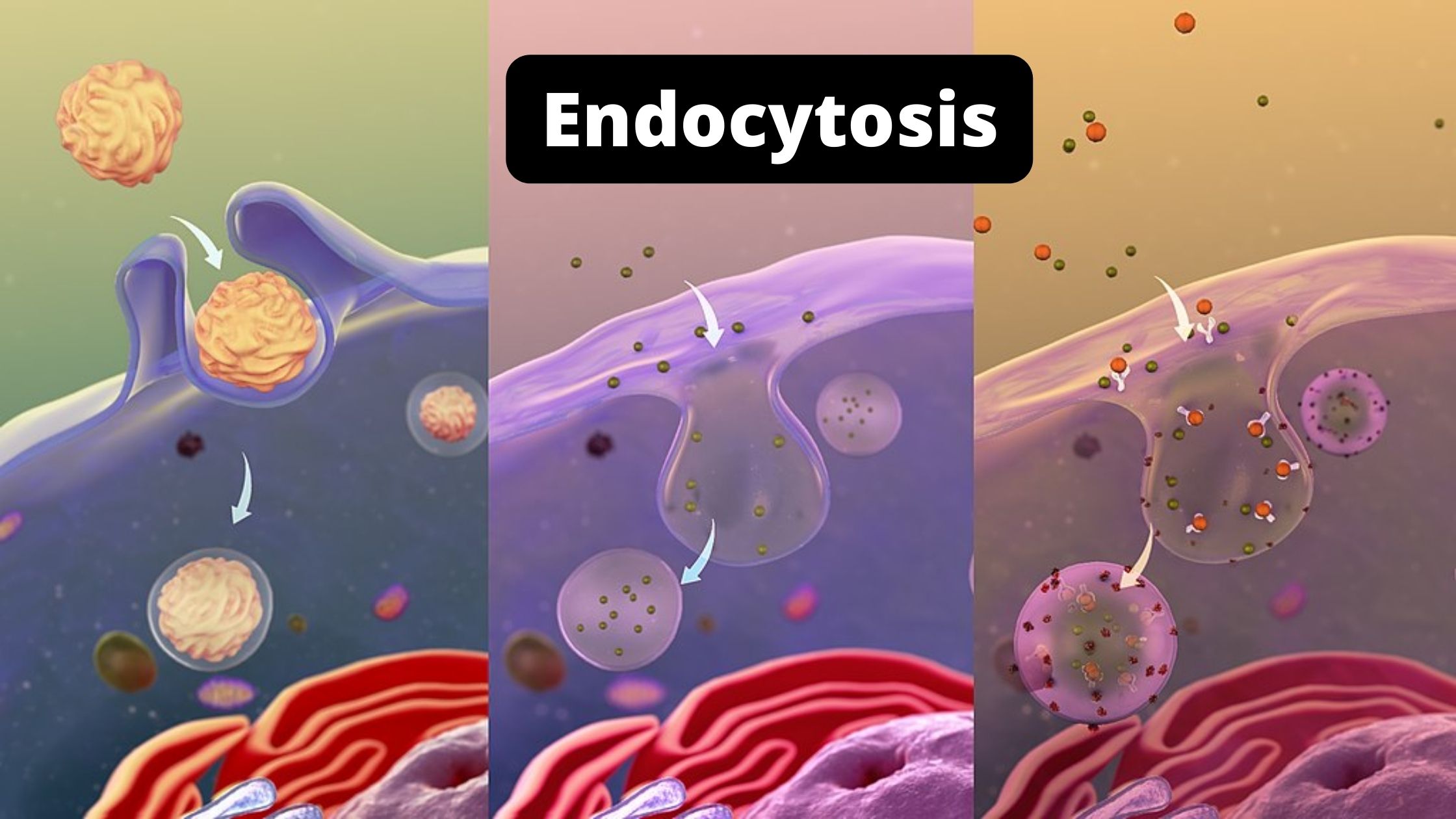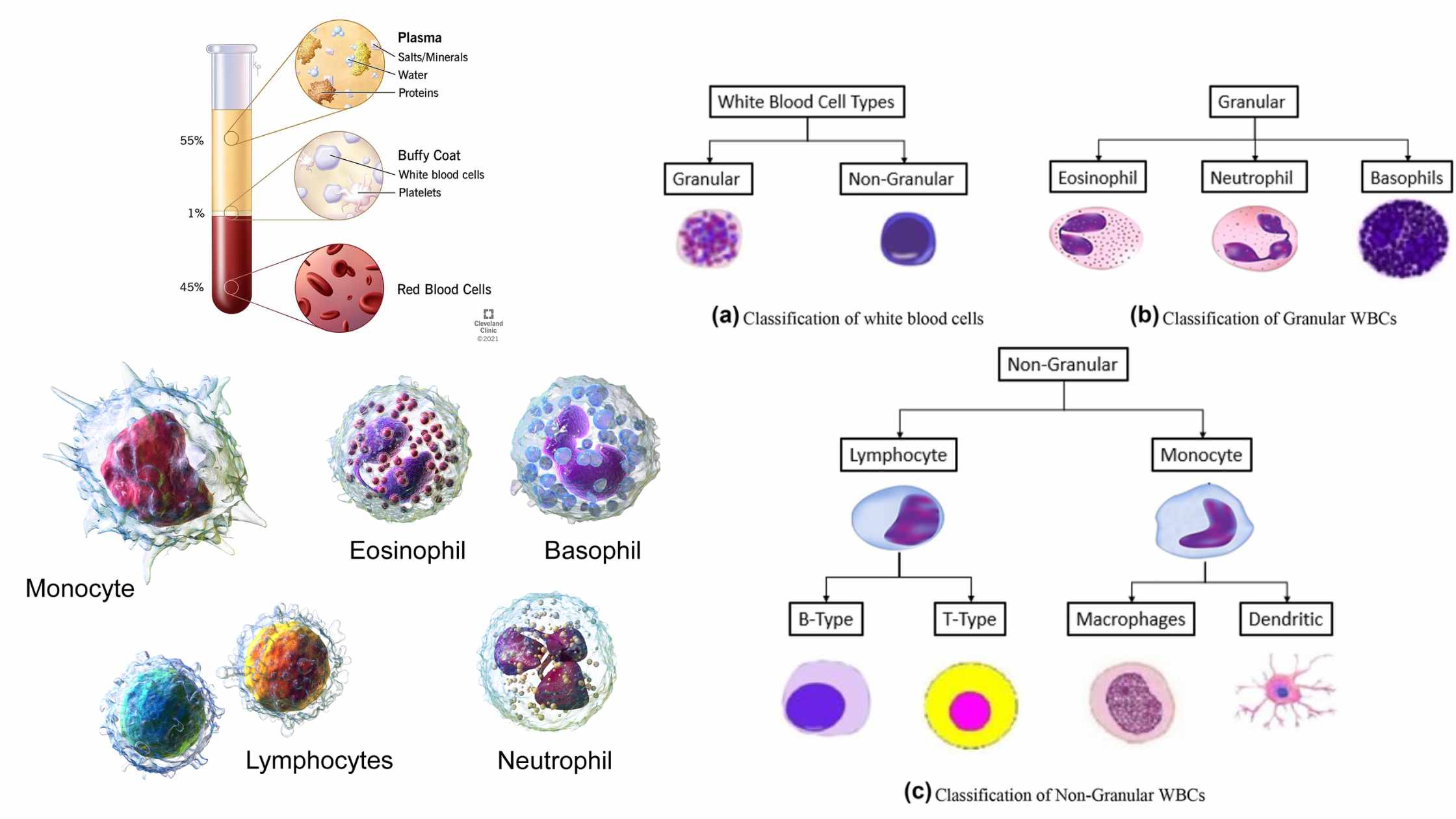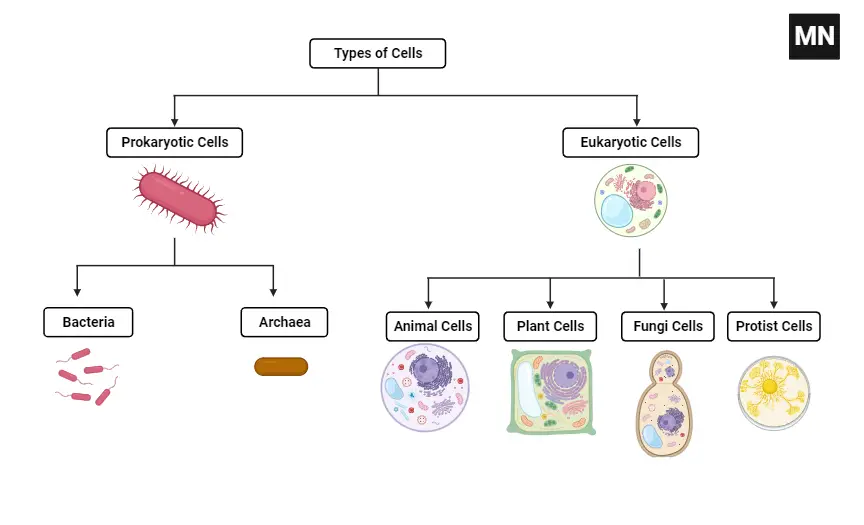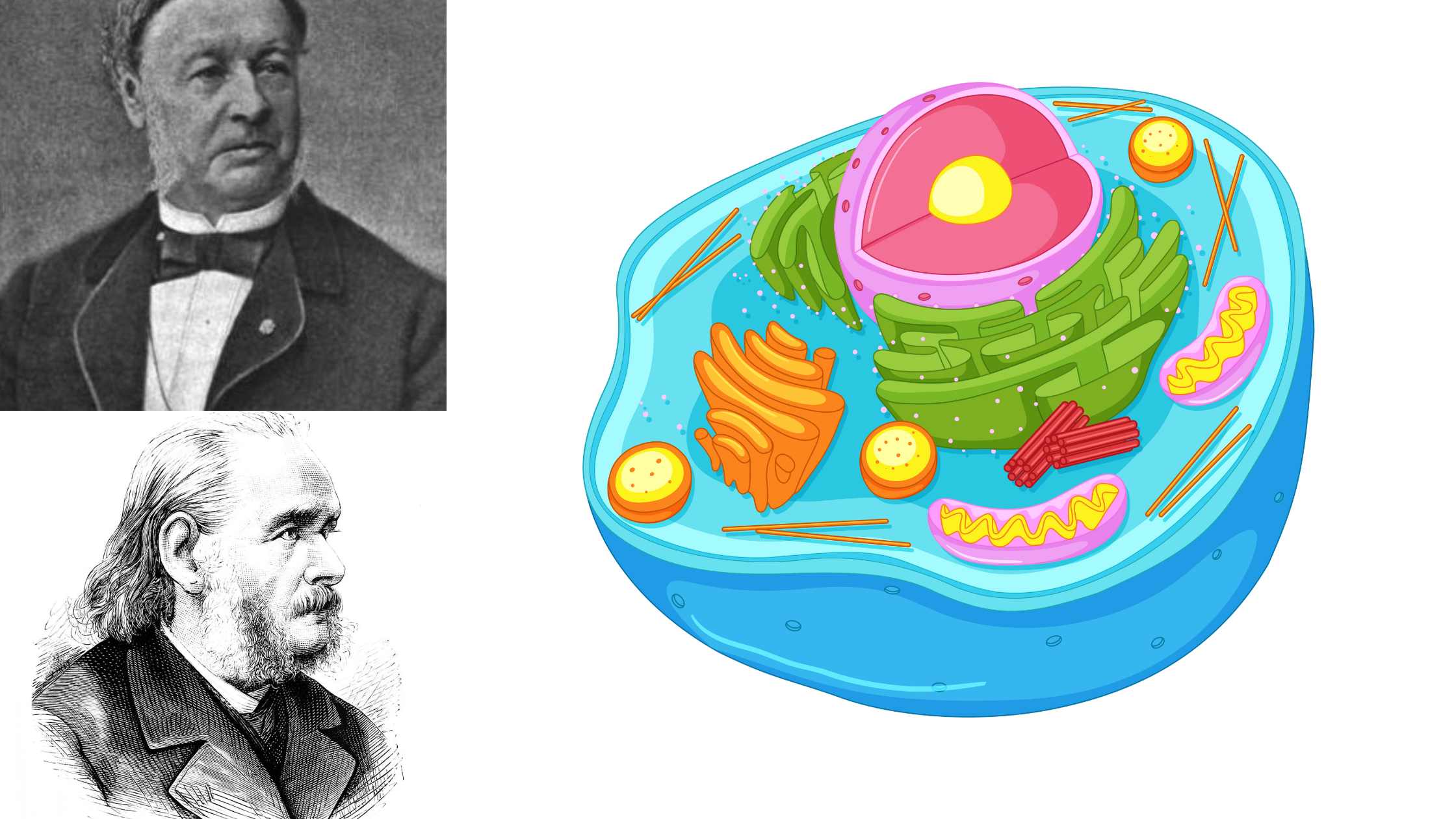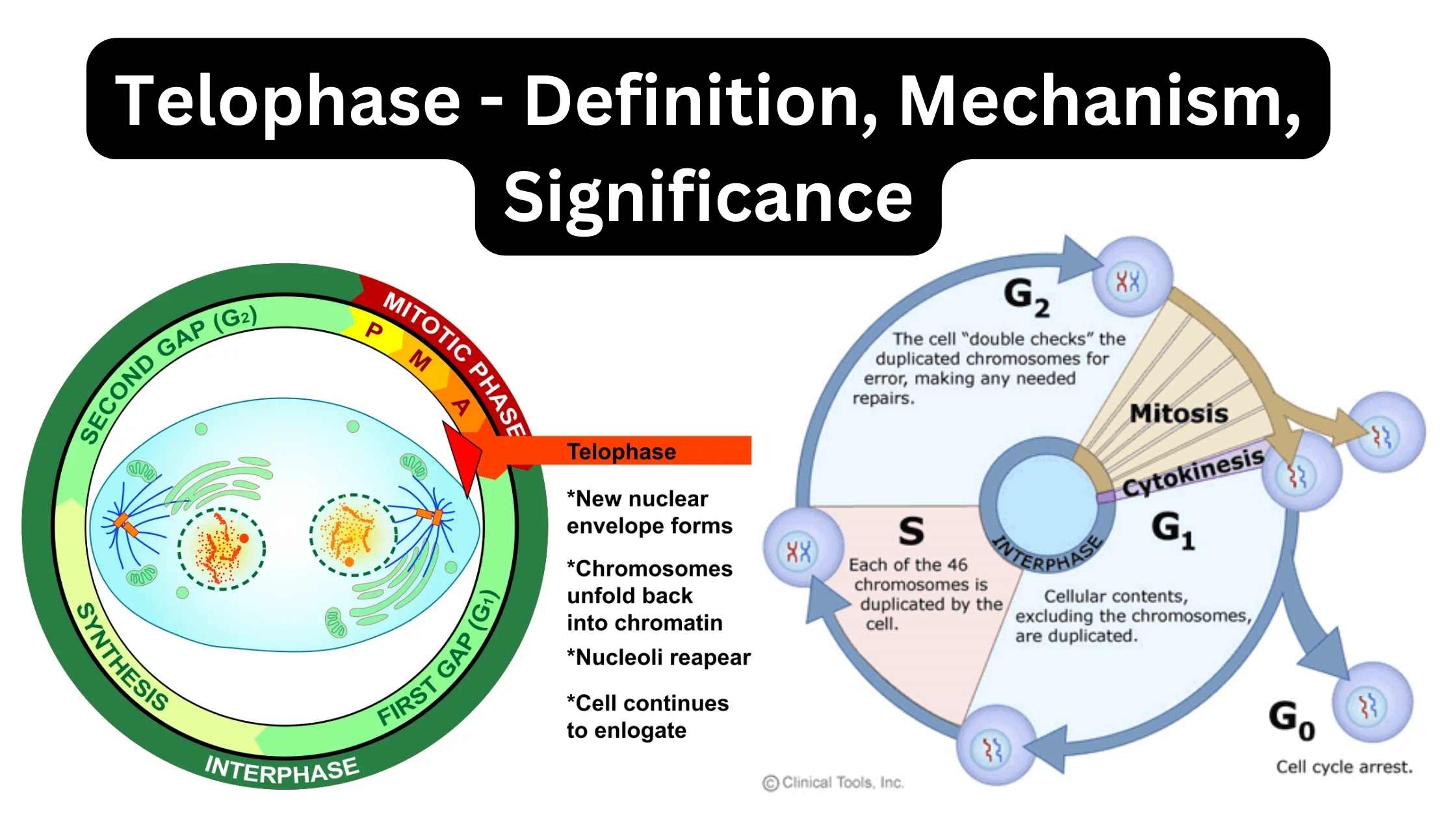Plastids – Types, Structure, Functions
Plastid is a two-membrane-bound organelle that is involved in the synthesis and preservation of nutrients. typically found in the photosynthesis cells of plants. Plastids were first discovered and identified in the work of Ernst Haeckel, but A. F. W. Schimper was the first to offer an accurate definition.
